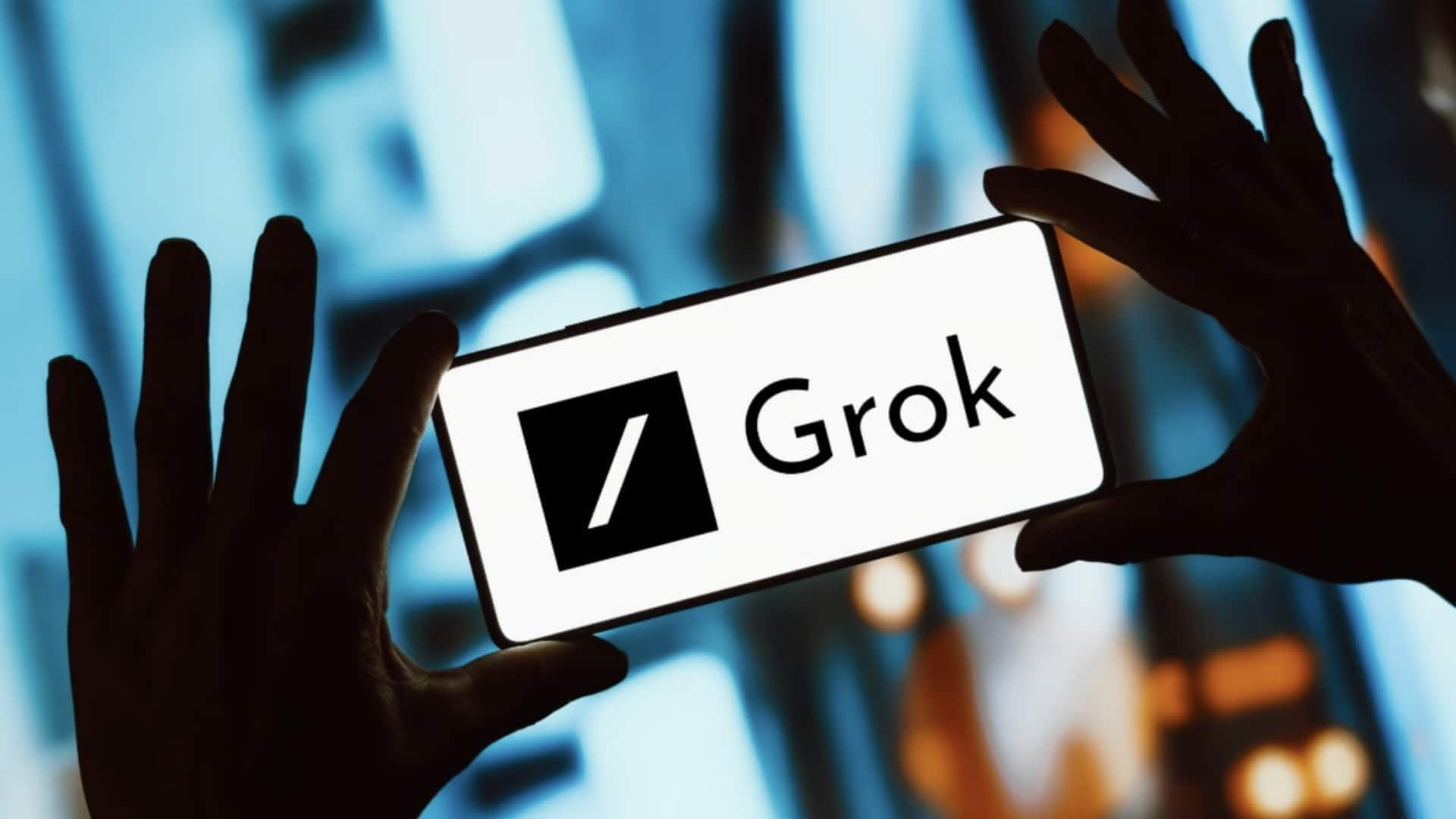
Musk's xAI introduces API for Grok, its generative AI model
What's the story
Elon Musk's artificial intelligence (AI) start-up, xAI, has launched an application programming interface (API) for Grok.
The move comes after the company's August announcement to make Grok accessible via an API.
The newly introduced xAI API currently supports only one model named "grok-beta," with pricing set at $5 per million input tokens or $15 per million output tokens.
API features
xAI API's function calling and potential vision models
The xAI API also supports function calling, a capability that connects Grok models with external tools like databases and search engines.
While it isn't functional yet, the API's documentation hints at future support for vision models.
These models will be capable of analyzing text as well as images, possibly widening the scope of Grok's applications across different digital platforms.
AI advancements
Grok's integration and future enhancements on X
Grok has been more and more integrated into the X experience. It can generate images on X through a partnership with the open image generator Flux.
Despite the occasional error, Grok is also used to summarize news articles.
Future enhancements may include improving X's search capabilities, post analytics, and reply functions using this advanced AI model.
Industry competition
xAI's datacenter and competition in the AI industry
xAI is working on the next generation of Grok models at its Memphis datacenter.
The company plans to upgrade this facility next year, subject to approval from the Tennessee Valley Authority.
Despite the stiff competition from other AI giants like OpenAI and Anthropic, Musk is confident that X's data gives xAI a competitive edge in the generative AI race.
Funding and training
xAI's funding and data training on X posts
In May, xAI raised $6 billion in a funding round led by high-profile investors such as Andreessen Horowitz, Sequoia Capital, and Fidelity.
This month, X updated its privacy policy to allow third parties such as xAI to train models on user posts.
This could potentially offer more data for the refinement and improvement of the Grok models.